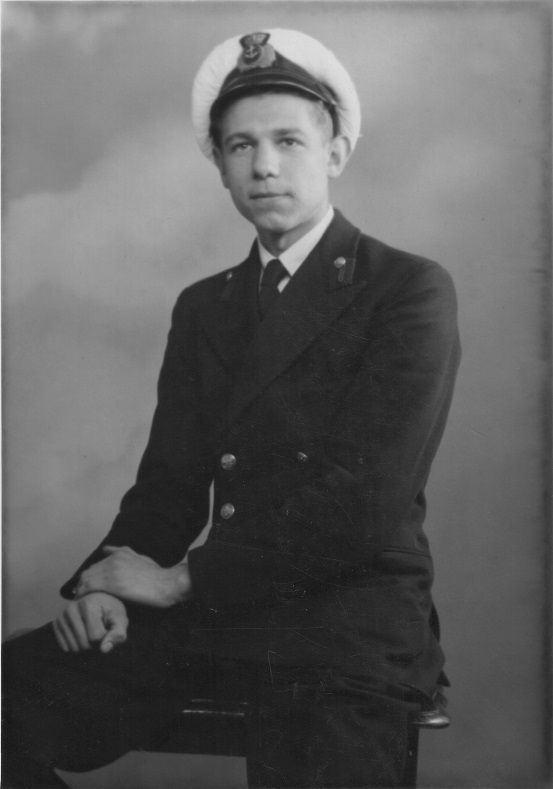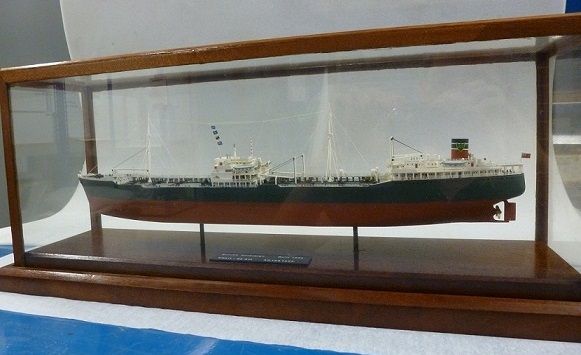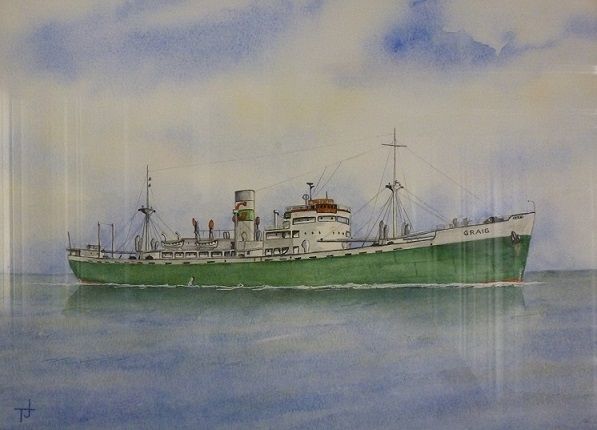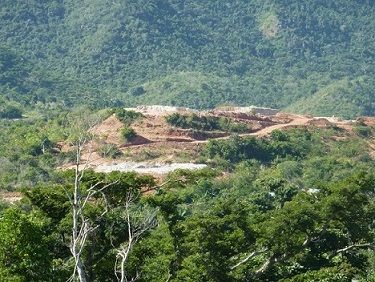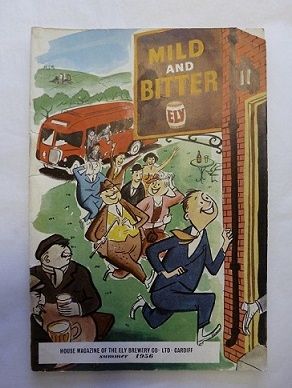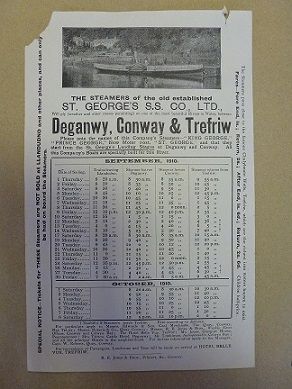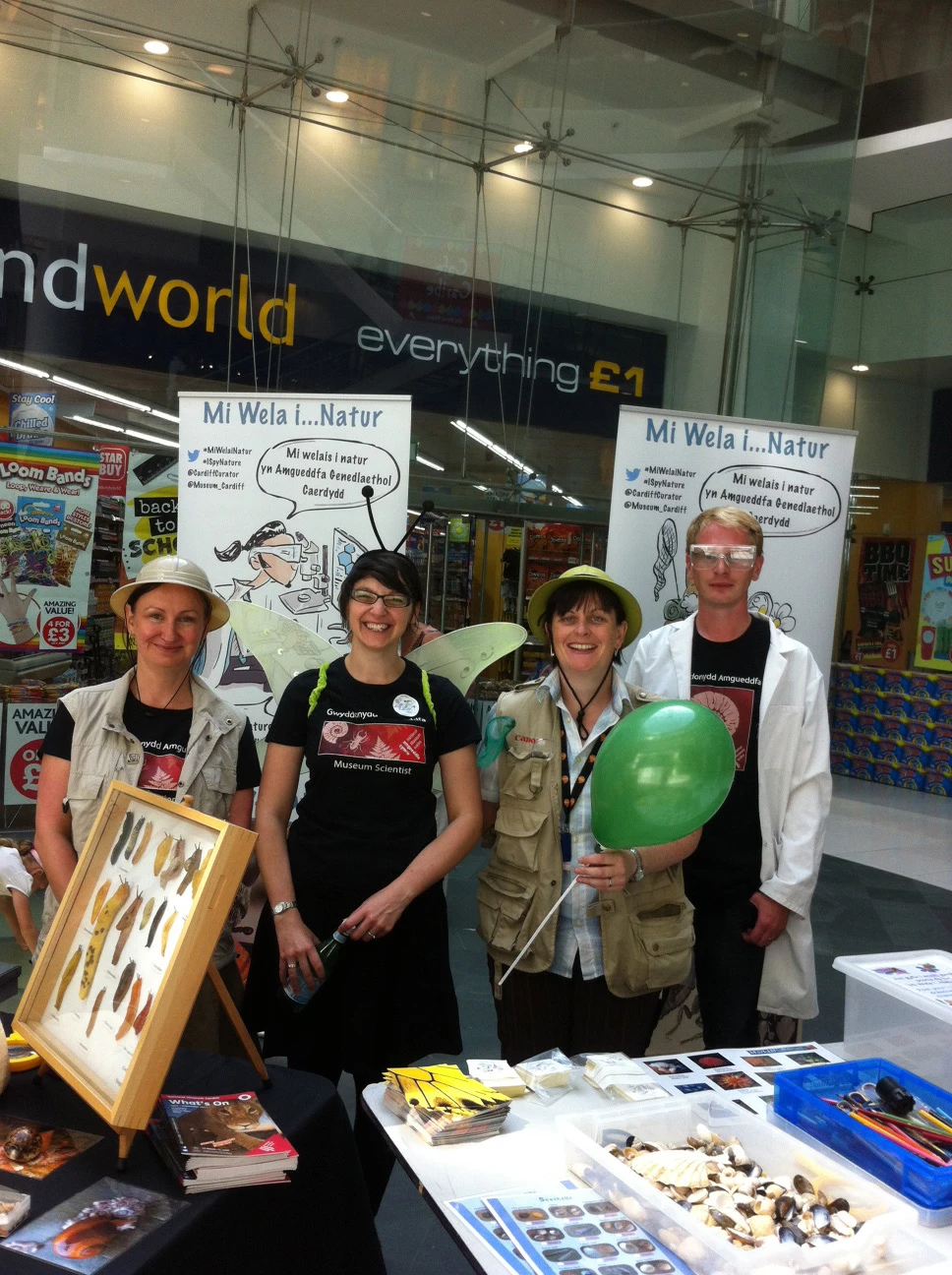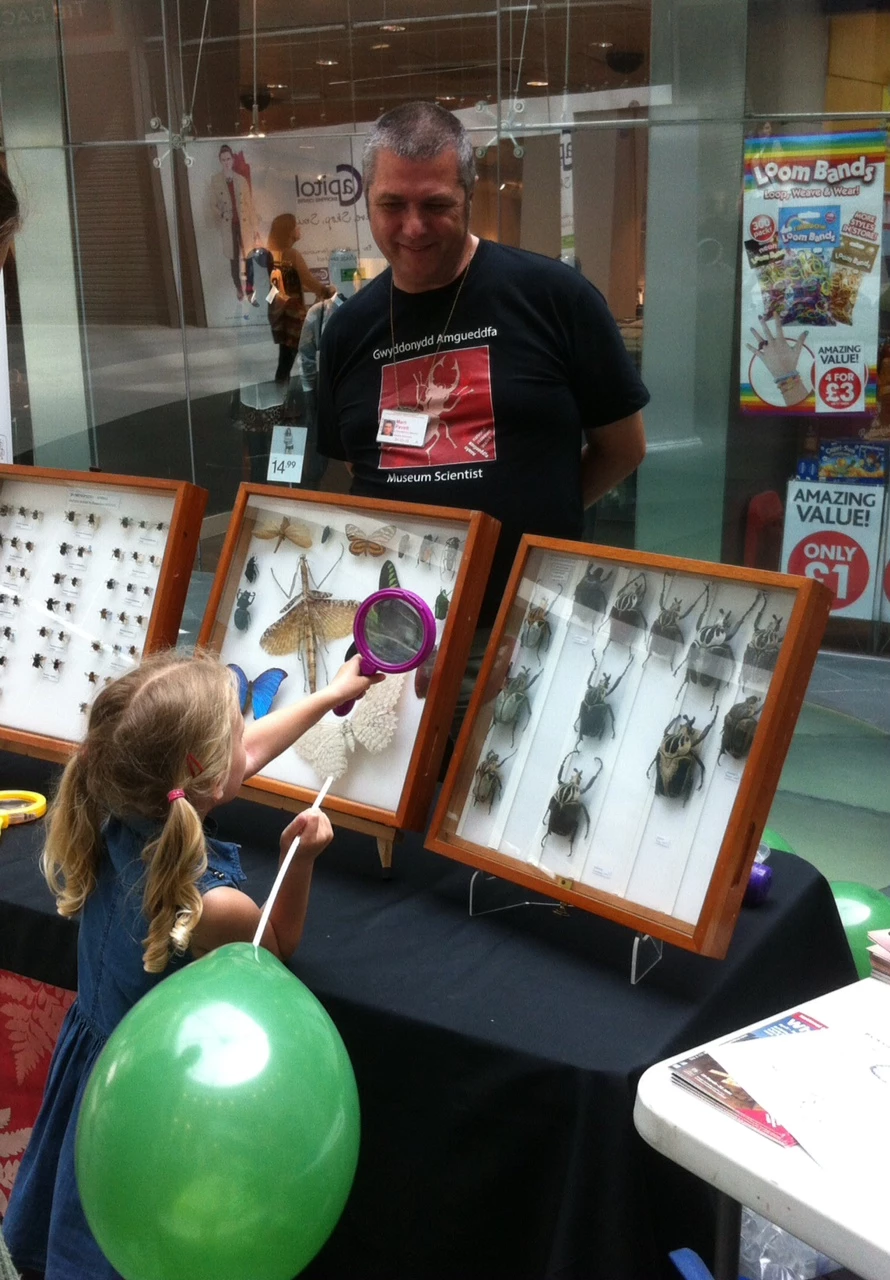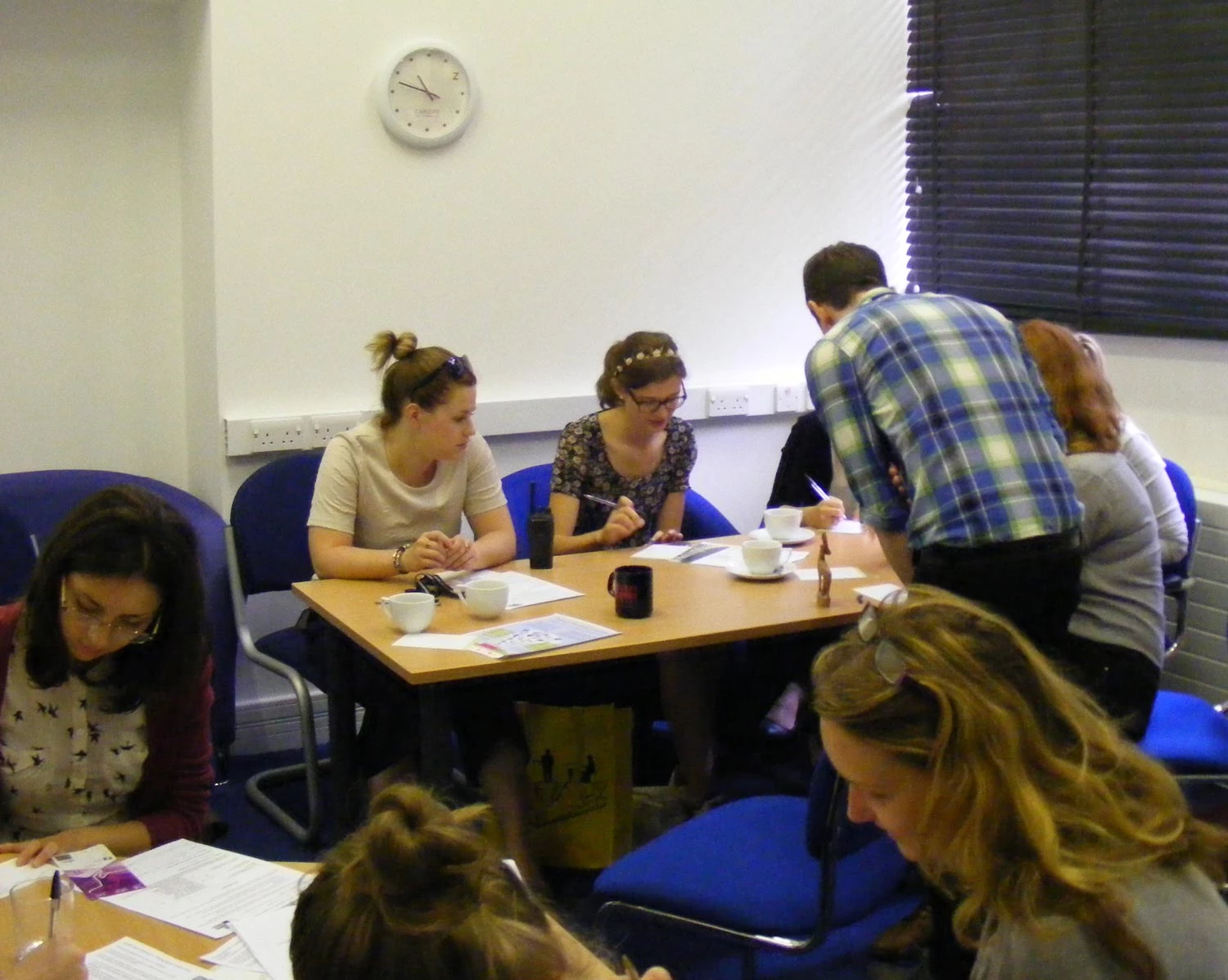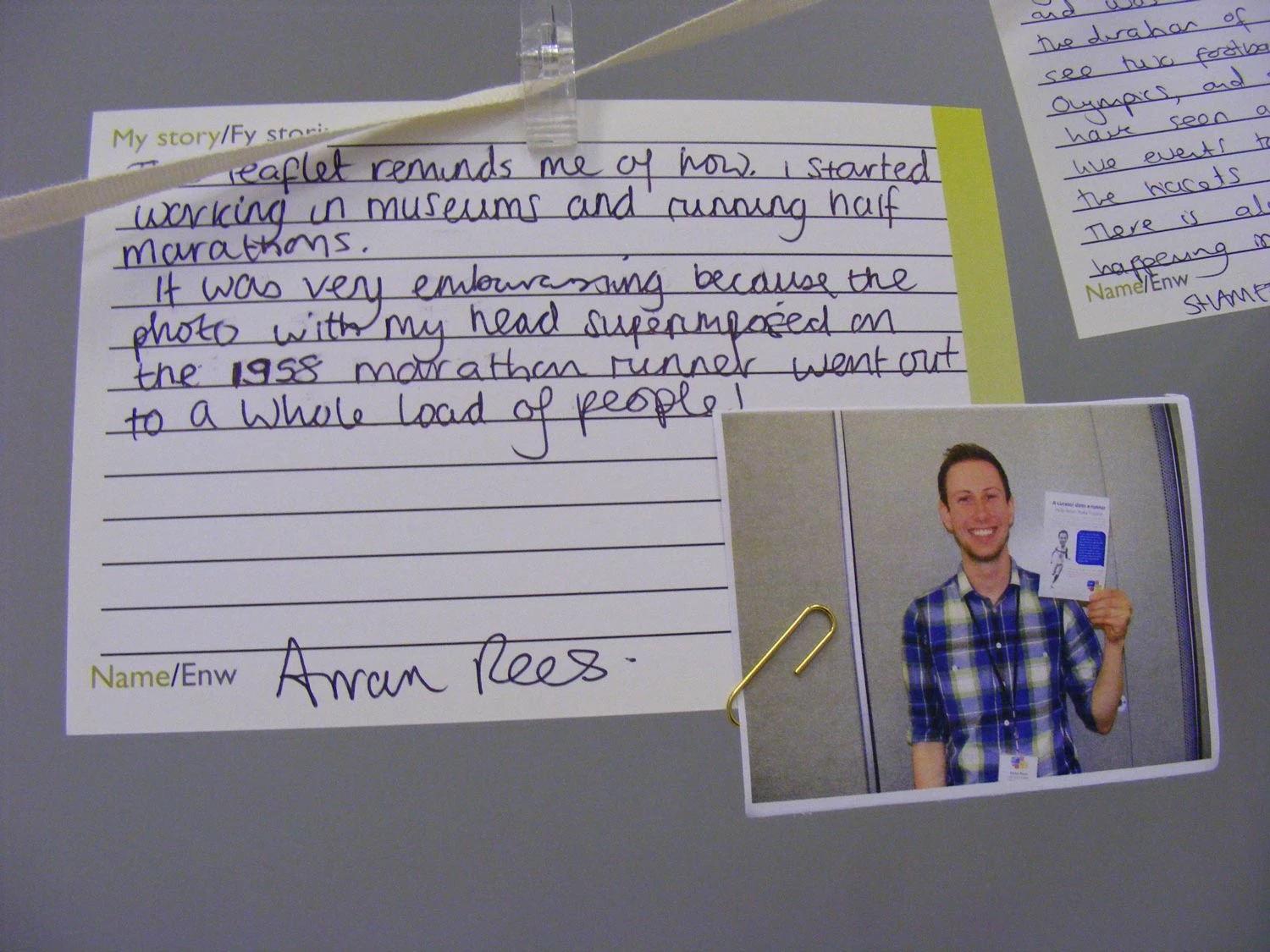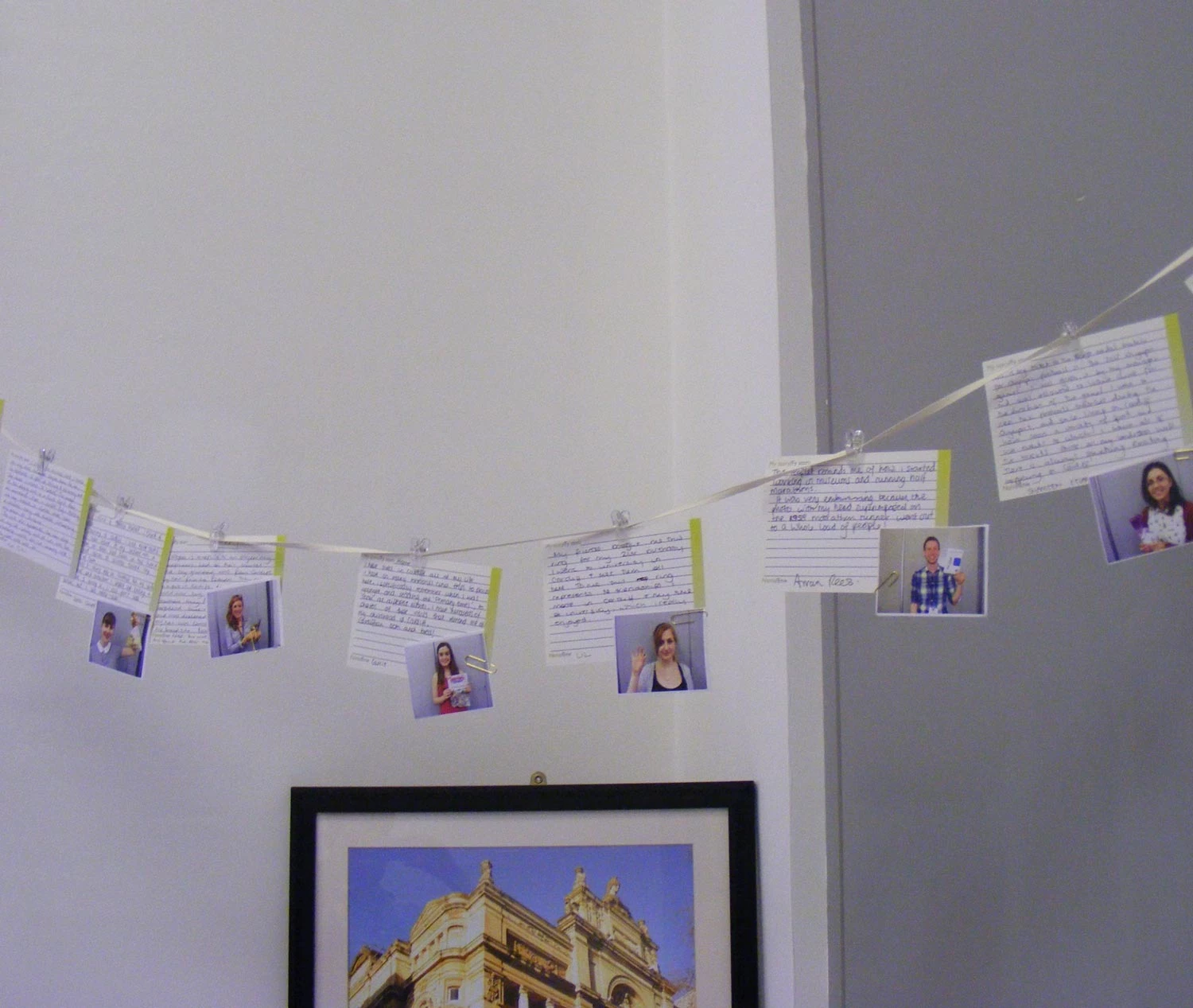#fflachamgueddfa #popupmuseum
The first workshop to create content for the pop-up museum at the Museums Association Conference in October at the Wales Millennium Centre was held today at the Cardiff Story Museum. Staff from the Cardiff Story Museum, Amgueddfa Cymru- National Museum Wales and the Heritage Lottery Fund came together with a group made up of National Museum Wales and Cardiff Story Youth Forum members and volunteers to test the processes that are needed to create a pop-up museum.
Participants agreed that using Cardiff as a theme was a good idea. What is your Cardiff story? Or what does Cardiff mean to you? provides opportunities for people to give their opinion about Cardiff – the capital city of Wales, whether they’ve visited before or not. It includes those who are Cardiff born and bred and those who’ve stepped off the train for the first time; delegates at the Museum Association conference and families visiting the Wales Millennium Centre as part of the Welsh Museums Festival.
A conveyer belt of museum processes was set up with everyone taking turns to write text, photograph their object, be photographed themselves and be filmed talking about their Cardiff story.
In one hour, we created a mini museum in its most basic form. 12 objects, 8 stories, 7 voxpops, and 12 photographs all saying something different about Cardiff and what it means or has meant to the participants today or in the past.
Arran Rees, Curator of collections at Cardiff Story kicked off the session by showing his chosen object and sharing his Story.
Everyone joined in and within 30 minutes, a variety of different objects ranging from Welsh cakes to a fossil revealed something about Cardiff. One participant used Welsh cakes to show her fondness of the stall in Cardiff Market and how she identified with Cardiff and Wales by getting to like Welsh cakes even though she hated dried fruit. Another object was a ring that was a symbol of friendship and good times at Cardiff University. Another contributor told of her experience as a performer in the Cardiff Mardigras in 2013. Everyone wanted to read other people’s stories and the objects inspired discussion about Cardiff – good and bad, past and present.
The session was incredibly useful. The group confirmed that a broad theme is better, more inclusive and has more potential to inspire diverse responses than something too specific. Simple low tech methods work, and can be used to create interest and discussion – even when technology lets you down.
Now that the method has been tested and some ideas put into practise, we are ready for the next workshop. This will be an open workshop again at the Cardiff Story, 30 August 11am – 1pm. Come along and share what Cardiff means to you.
Contact Arran Rees at the Cardiff Story for more details:
Cardiff cardiffstory@cardiff.gov.uk
02920 788334
